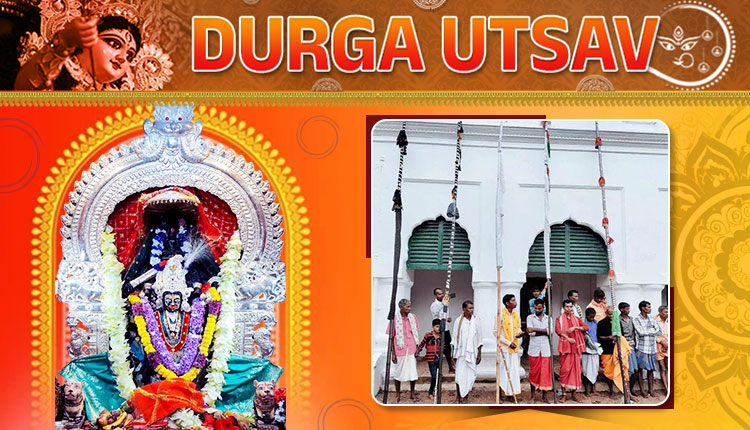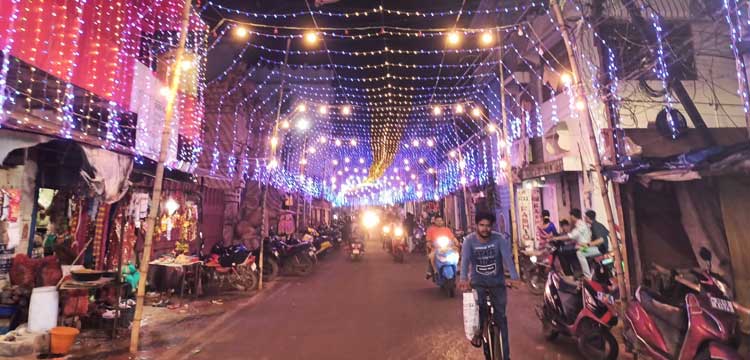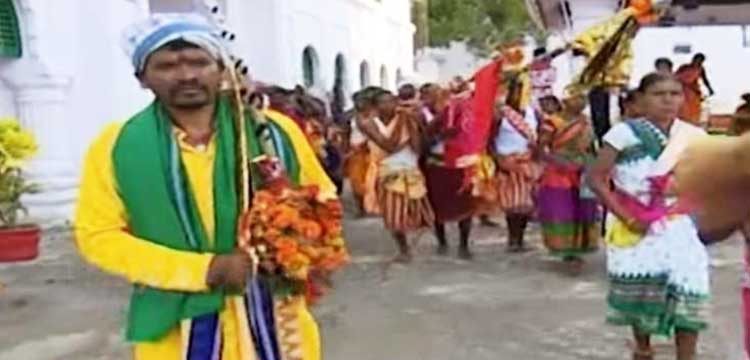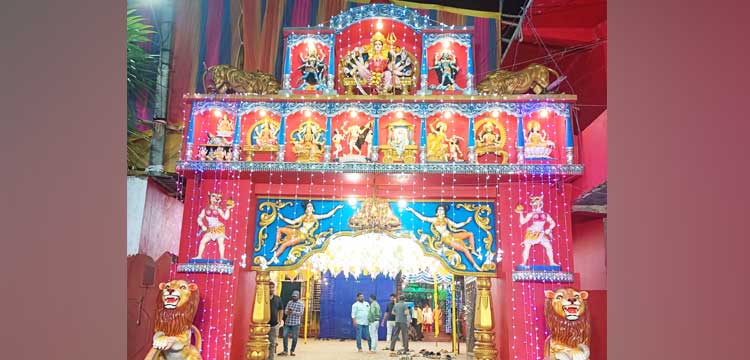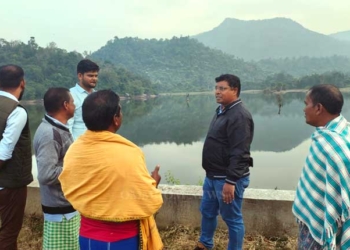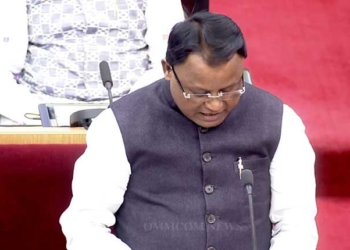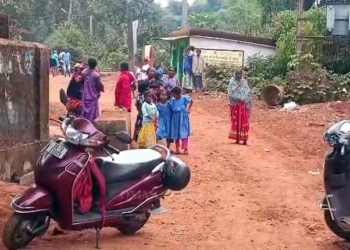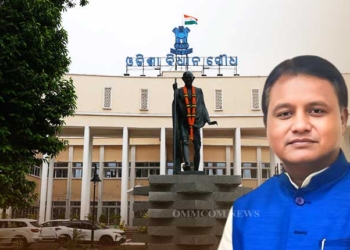Jeypore: In the heart of southern Odisha, where hills cradle age-old myths and tribal rhythms beat in harmony with history, Jeypore’s Dussehra stands as a festival like no other. Once glorified as the “Mysore of the East,” this grand spectacle of faith and pageantry is deeply rooted in royal traditions, tribal participation, and centuries of devotion.
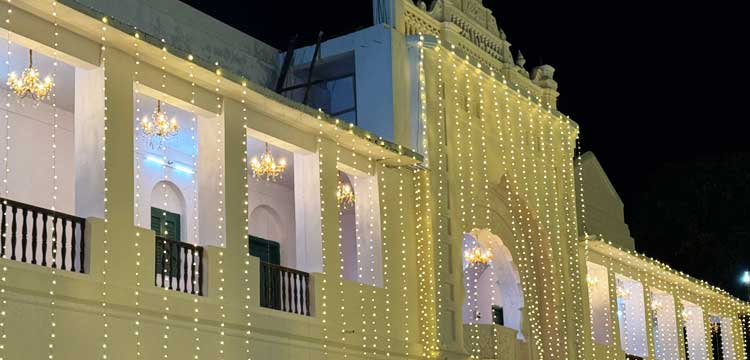 This year, the festival has taken on an extraordinary glow. Instead of its customary 16 days, the Shodasha Dussehra is stretching across 18 days—thanks to the extended lunar calendar—draping Jeypore in an aura of unmatched festive fervor.
This year, the festival has taken on an extraordinary glow. Instead of its customary 16 days, the Shodasha Dussehra is stretching across 18 days—thanks to the extended lunar calendar—draping Jeypore in an aura of unmatched festive fervor.
The story of Jeypore’s Dussehra begins in the 15th century, when the Suryavanshi ruler King Vijay Chandraksha Deva played a decisive role in Gajapati Purushottam Deva’s Kanchi expedition. In gratitude, the Gajapati gifted him the idol of Goddess Kanaka Durga, brought from Kanchi.
First enshrined at Nandapur, the then-capital, the goddess journeyed with the royal dynasty to Jeypore in 1758 CE, where King Vikram Deva I built her temple within the palace precincts. From that moment, the Dussehra celebration blossomed into an elaborate blend of martial rituals, community offerings, and royal grandeur.
Tradition breathes life into the festival. The Paraja tribe’s Sisa family continues its age-old practice of offering freshly harvested rice as Anna Bhoga.
Tribal groups from across Koraput, Malkangiri, Nabarangpur, and Rayagada carry their sacred lathis—bamboo poles revered as incarnations of the goddess—walking miles with drums and flutes to join the procession.
The sacred bamboos are kept in village altars throughout the year to ensure prosperity and form an integral part of the Dussehra ceremonies. This ritual, over 300 years old, underscores the agrarian and tribal soul of Jeypore’s Dussehra.
In the past, silver palanquins, caparisoned elephants, and decorated horses marked the royal processions. Soldiers paraded the armory’s weapons, British officials rode alongside royals, and the grounds brimmed with dance, drama, and music. On Maha Ashtami, buffalo sacrifices to Kanaka Durga reaffirmed devotion, while Vijayadasami witnessed the king’s grand procession to the Dussehra ground for the Aparajita Puja.
Though some of these practices have waned—particularly after the theft of the original idol—the spirit of the Shodasha Puja at the Bhagavati and Dakshina Kalika temples continues to burn bright.
Today, Jeypore’s Dussehra is at once ancient and modern. Under the leadership of MLA Tara Prasad Bahinipati, the town gleams with decorative lights, cultural programs, music, and dance, alongside its traditional rituals. The royal palace, decked in festive grandeur, remains the heart of the celebration—linking the city’s regal past with its cultural revival.
For residents and visitors, the Shodasha Dussehra is not merely an event; it is a living legacy. Here, myth, history, and community converge to create one of Odisha’s most majestic cultural tapestries, a celebration where the past marches hand in hand with the present.




